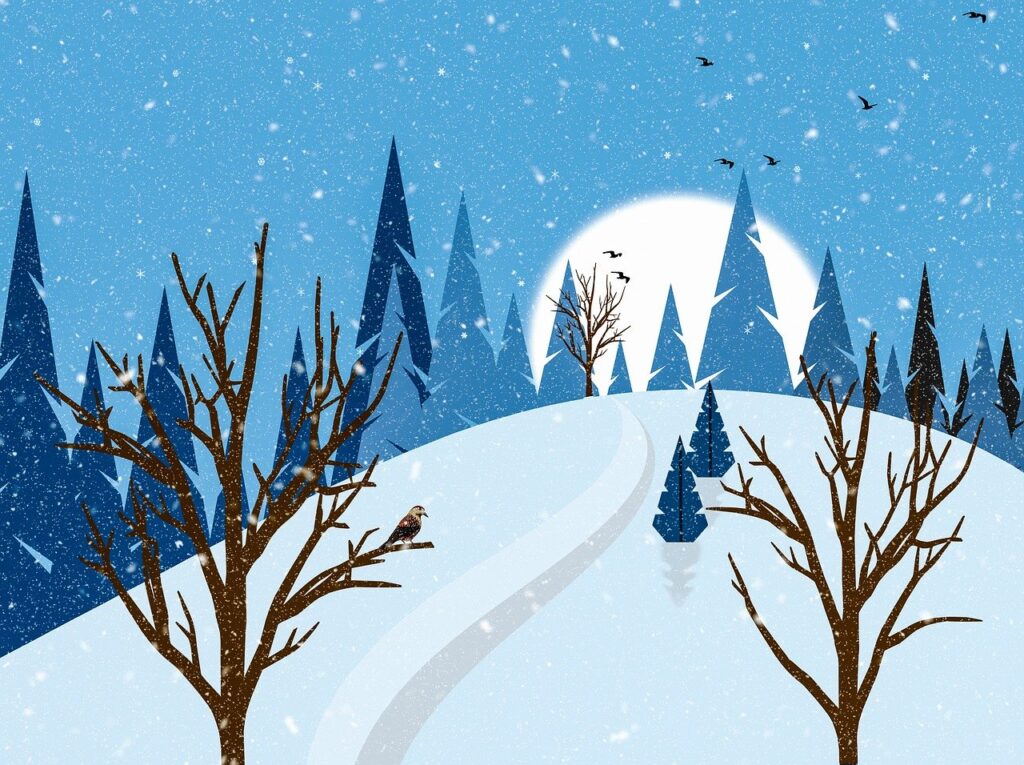Preventing plumbing problems during winter is crucial to avoid costly repairs and inconveniences such as burst pipes, frozen fixtures, and water damage. Cold temperatures can cause water to freeze within pipes, leading to expansion and potential bursting if not properly managed. This comprehensive guide will provide you with practical tips and strategies to protect your plumbing system during the winter months.
Contents
Understanding Winter Plumbing Challenges
During winter, several factors contribute to potential plumbing issues:
- Freezing Temperatures: When water in pipes freezes, it expands and can cause pipes to burst, leading to water damage and costly repairs.
- Exterior Pipes and Fixtures: Pipes and fixtures located in unheated or exposed areas such as basements, crawl spaces, garages, and outdoor faucets are especially vulnerable.
- Lack of Insulation: Insufficient insulation around pipes or in exterior walls can increase the risk of freezing.
- Thermostat Settings: Improperly set thermostats or power outages can lead to freezing temperatures inside homes or buildings, affecting indoor plumbing.
Tips to Prevent Plumbing Problems During Winter
1. Insulate Pipes and Fixtures
- Exterior Pipes: Insulate pipes located in unheated areas using pipe insulation sleeves or wrapping them with heat tape. Focus on pipes in basements, crawl spaces, attics, and garages.
- Outdoor Faucets: Install faucet covers or wraps designed to protect outdoor faucets from freezing temperatures. Disconnect and drain garden hoses, and shut off outdoor water valves.
- Interior Plumbing: Insulate pipes in exterior walls and areas prone to cold drafts. Open cabinet doors under sinks to allow warm air to circulate around pipes.
2. Maintain Heating Systems
- Temperature Settings: Keep your home or building temperature consistent day and night, even when away. Set thermostats to at least 55°F (12°C) to prevent interior temperatures from dropping too low.
- Heating Maintenance: Schedule regular maintenance for your heating system before winter to ensure it operates efficiently. Replace filters and check for any issues that could affect heating.
3. Prepare Before Cold Weather Hits
- Winterize Outdoor Plumbing: Before freezing temperatures arrive, drain and shut off outdoor water faucets and irrigation systems. Store hoses indoors.
- Seal Drafts: Inspect windows, doors, and exterior walls for drafts and seal any gaps or cracks. This helps maintain warmer indoor temperatures and reduces the risk of frozen pipes.
4. Manage Water Flow
- Drip Faucets: During very cold weather, allow faucets connected to vulnerable pipes (especially those on exterior walls) to drip slowly. This can relieve pressure in the pipes and prevent freezing.
- Continuous Circulation: For homes with recirculating hot water systems, consider keeping water circulating through the pipes to prevent stagnation and freezing.
5. Emergency Preparedness
- Locate Shut-Off Valves: Know the location of main water shut-off valves in case of a plumbing emergency. Teach household members or tenants how to shut off water quickly.
- Emergency Kit: Prepare an emergency kit with essentials such as flashlights, batteries, a portable heater, and contact information for emergency plumbers or utilities.
6. Monitor Your Plumbing System
- Regular Inspections: Periodically inspect pipes, fixtures, and appliances for signs of leaks, cracks, or corrosion. Address any issues promptly to prevent worsening during cold weather.
- Water Flow: Pay attention to changes in water pressure or flow, as they can indicate potential issues with pipes or fixtures.
7. Additional Considerations
- Drain Sprinkler Systems: If you have an underground sprinkler system, drain it completely before the first freeze. Blow out excess water using an air compressor to prevent freezing and damage to pipes.
- Protect Sump Pumps: Ensure your sump pump is in good working condition and consider installing a battery-operated backup system in case of power outages during freezing temperatures.
What to Do If Pipes Freeze
Despite precautions, pipes may still freeze during severe cold snaps. If you suspect a frozen pipe:
- Keep Faucets Open: Keep affected faucets open to allow water to flow once the pipe thaws.
- Apply Heat: Use a hair dryer, heating pad, or towels soaked in hot water to gradually thaw the pipe. Never use an open flame or electrical device near standing water.
- Call a Professional: If you’re unable to thaw the pipe or if a pipe bursts, contact a licensed plumber immediately for assistance.
Outcome
Protecting your plumbing system during winter requires proactive measures to prevent freezing and potential damage to pipes and fixtures. By insulating pipes, maintaining consistent indoor temperatures, preparing outdoor plumbing for winter, and staying vigilant for signs of plumbing issues, you can minimize the risk of costly repairs and ensure your home remains comfortable and functional throughout the cold season. Regular maintenance and preparation are key to safeguarding your plumbing system and maintaining peace of mind during winter weather conditions.
Here are some companies and products along with their website links that can help in protecting your plumbing system during winter
- Frost King – Offers pipe insulation products:
- Website: Frost King
- Wraps and Covers – Provides insulation wraps for outdoor faucets and pipes:
- Website: Wraps and Covers
- Easy Heat – Offers heat tape products:
- Website: Easy Heat
- Nest – Provides smart thermostats:
- Website: Nest
- Ecobee – Offers smart thermostats:
- Website: Ecobee
- Pipe Heating Cables – Products available at hardware stores like Home Depot:
- Website: Home Depot
- Roto-Rooter – Local plumbing services offering winterization and inspections:
- Website: Roto-Rooter
- Mr. Rooter – Provides plumbing services including winterization:
- Website: Mr. Rooter
- Benjamin Franklin Plumbing – Offers plumbing services and winterization:
- Website: Benjamin Franklin Plumbing
- 3M – Provides weather stripping and insulation products:
- Website: 3M










